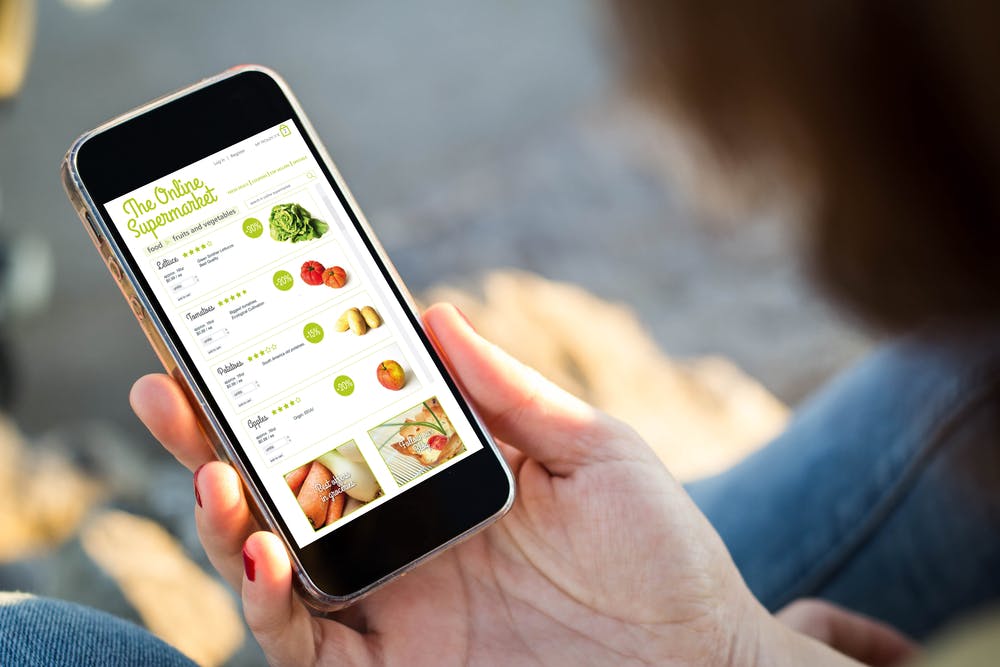Since the onset of the Covid-19 pandemic, ecommerce demand and activity have been elevated – something that comes as no news to anyone working in the retail or digital marketing industries.
CBRE Group’s Global E-commerce Outlook Update report, published in June 2022, found that 20% of global retail sales were carried out online in 2021, compared with 9% in 2016 – representing an increase of 133% in five years, and an increase of 46% in the first two years of the pandemic alone. The report calculates that the value of the global ecommerce market totalled US $3.1 trillion in 2021, up from $1.3 trillion in 2016.
While not all of the astronomical spikes seen in 2020 and 2021 have been sustained, and a certain amount of shopping activity has gravitated back towards stores, there’s no denying that Covid-19’s impact on the retail landscape has been long-lasting.
But elevated online demand is only beneficial to retailers and brands if they can successfully capture and convert it – and position themselves as shoppers’ preferred option instead of their competitors. In the Fast-Moving Consumer Goods (FMCG) sector, this presents an additional challenge as many FMCG brands do not own the relationship with their customers, and have historically invested primarily in top-of-the-funnel marketing and advertising to build their brand rather than lower-funnel activity aimed at conversions.
In the wake of Covid-19, this is changing significantly. In this article, I’ll look at three key areas in which FMCG brands are adapting their strategies to capture and convert online demand:
- their presentation and presence on the digital shelf;
- their online proposition and product offering;
- and their availability and fulfilment processes.
For each, I’ll include examples of FMCG brands that have found success by adapting their strategies or innovating in this area.




